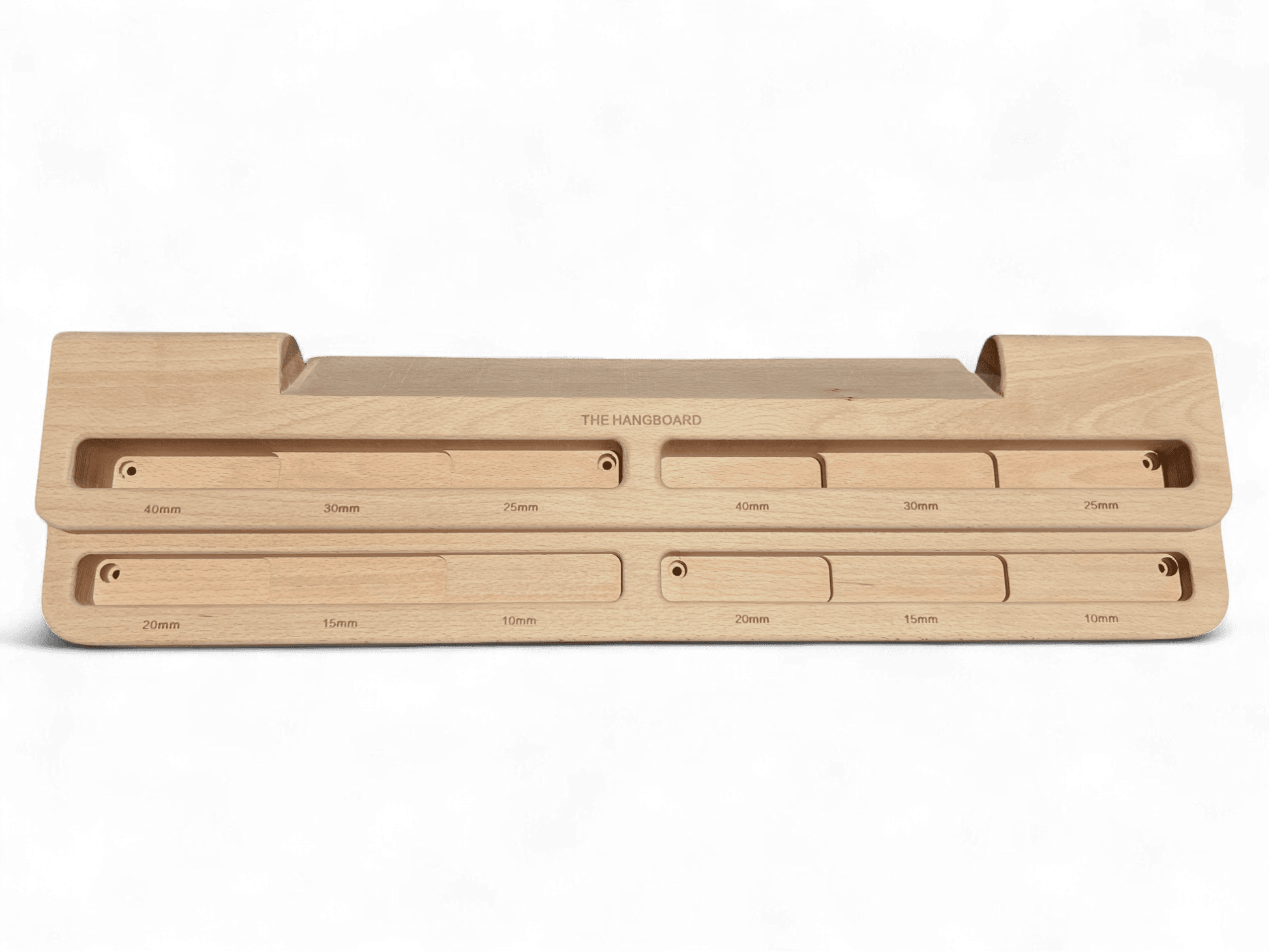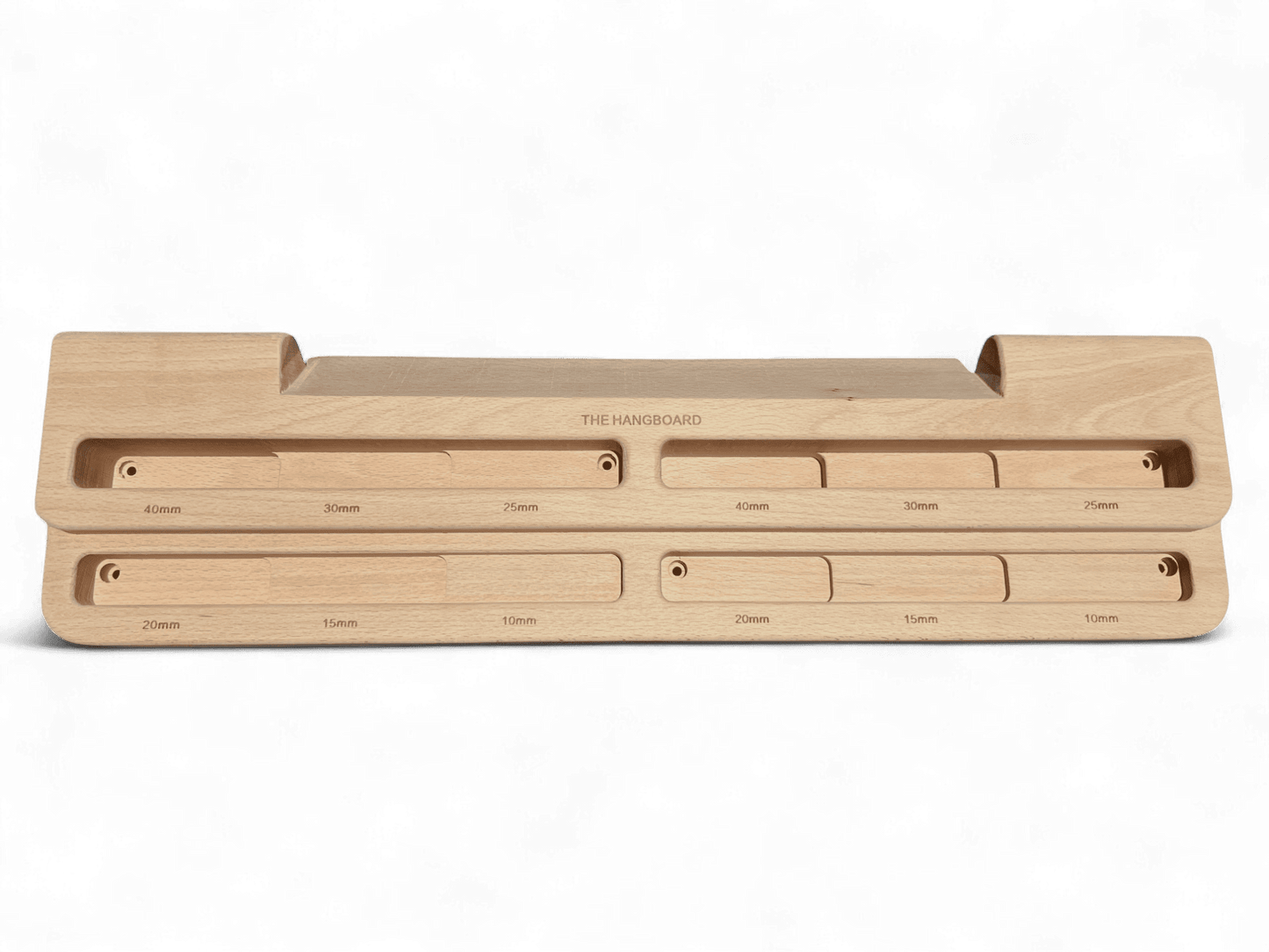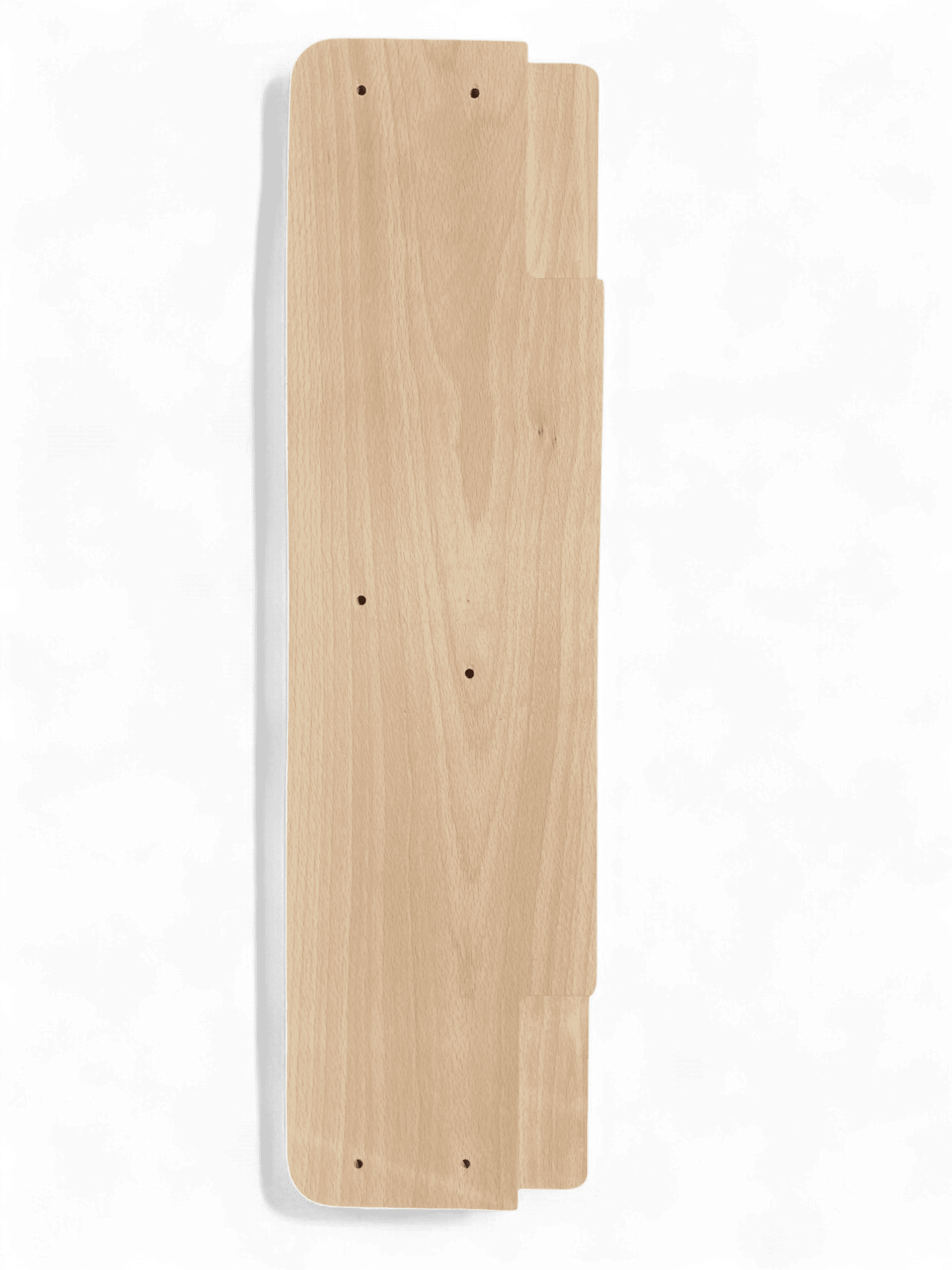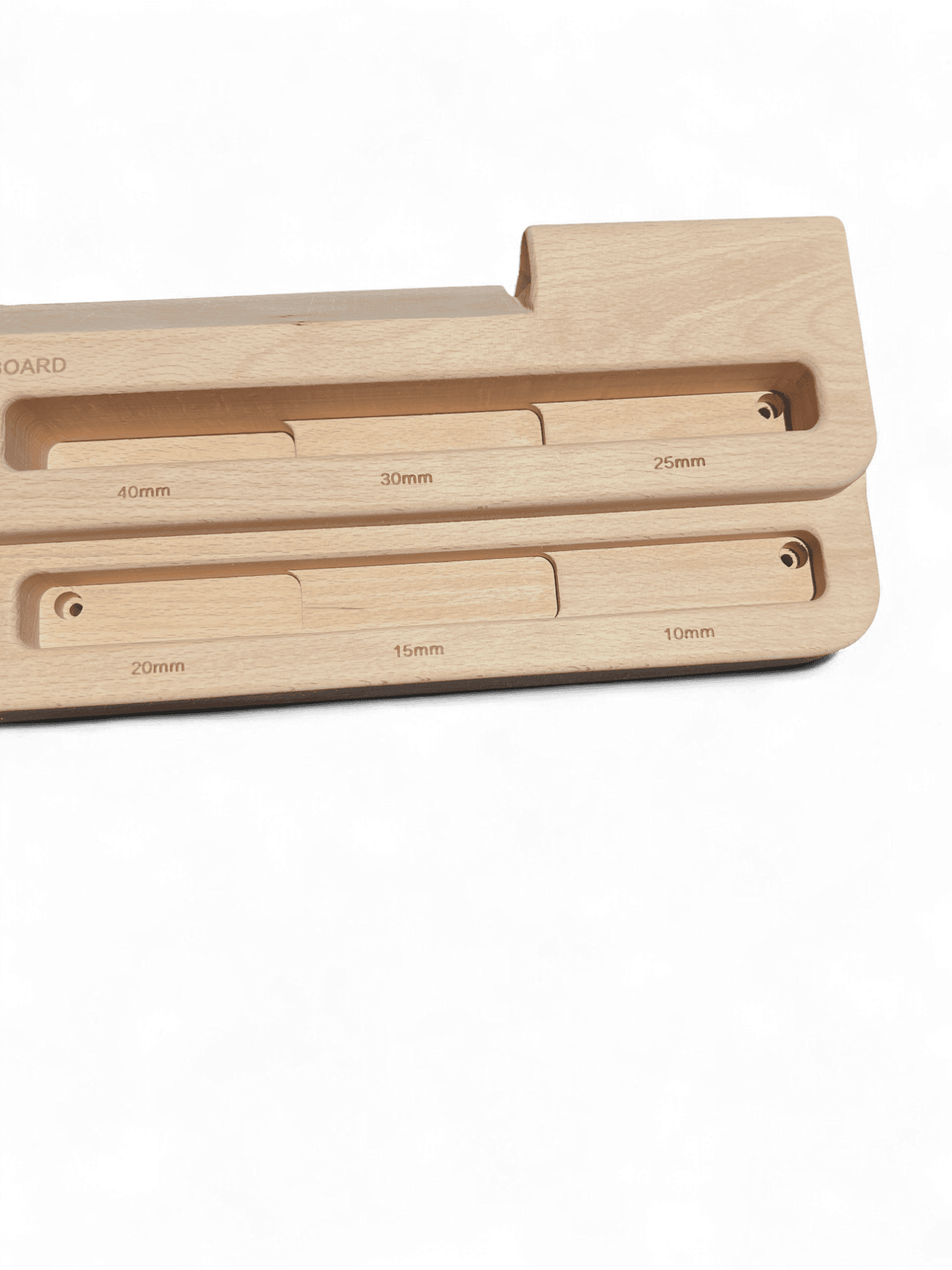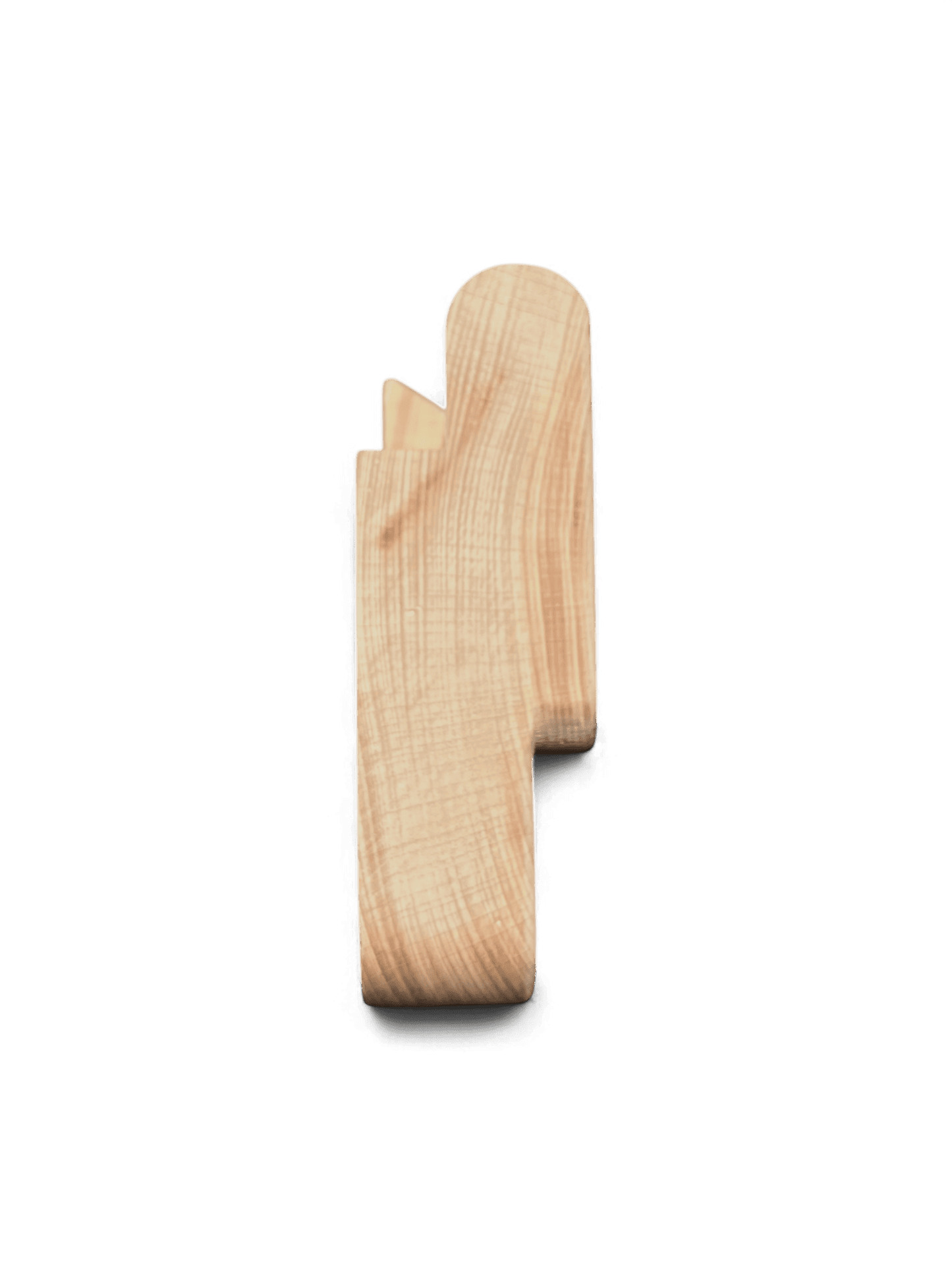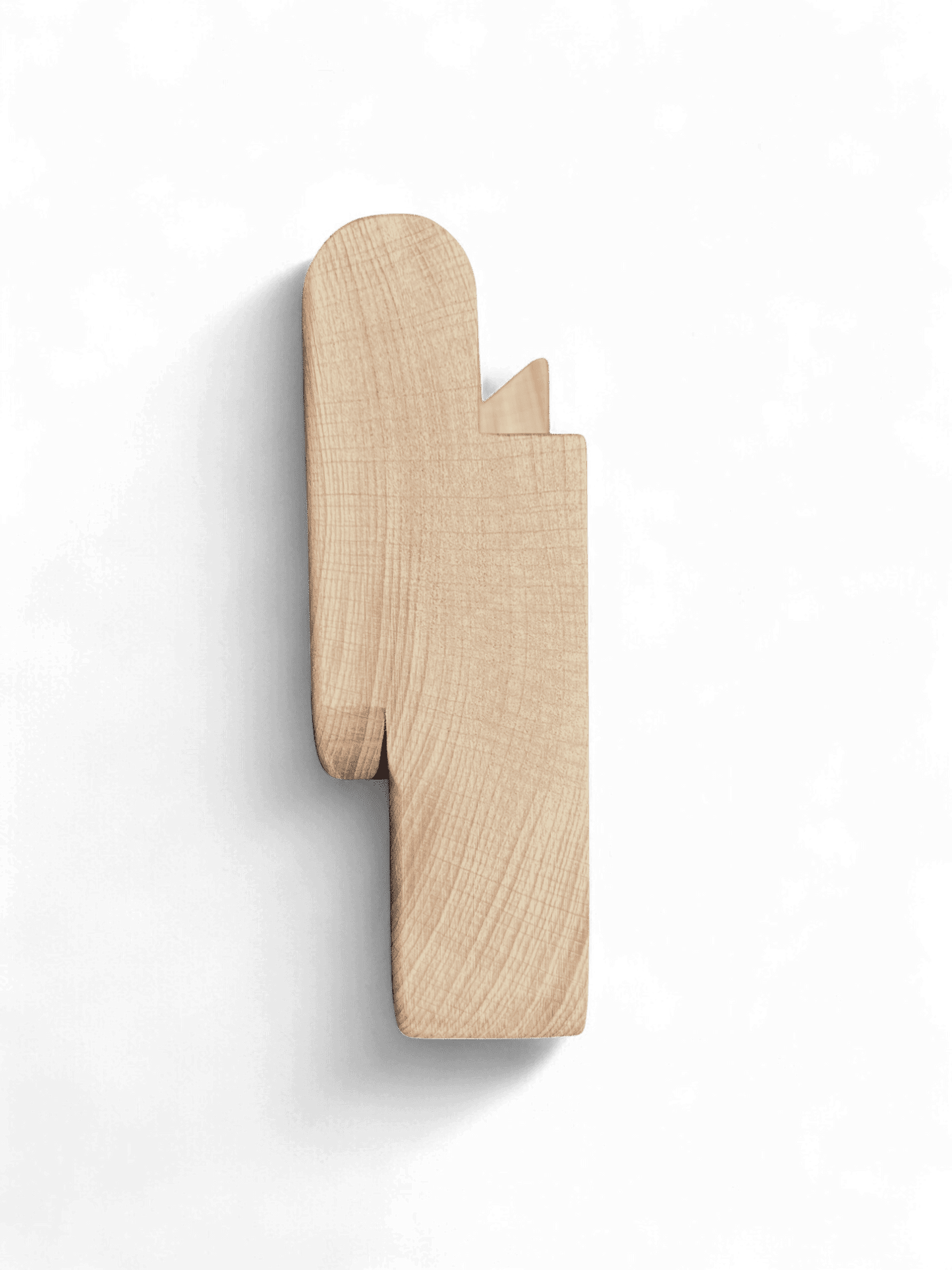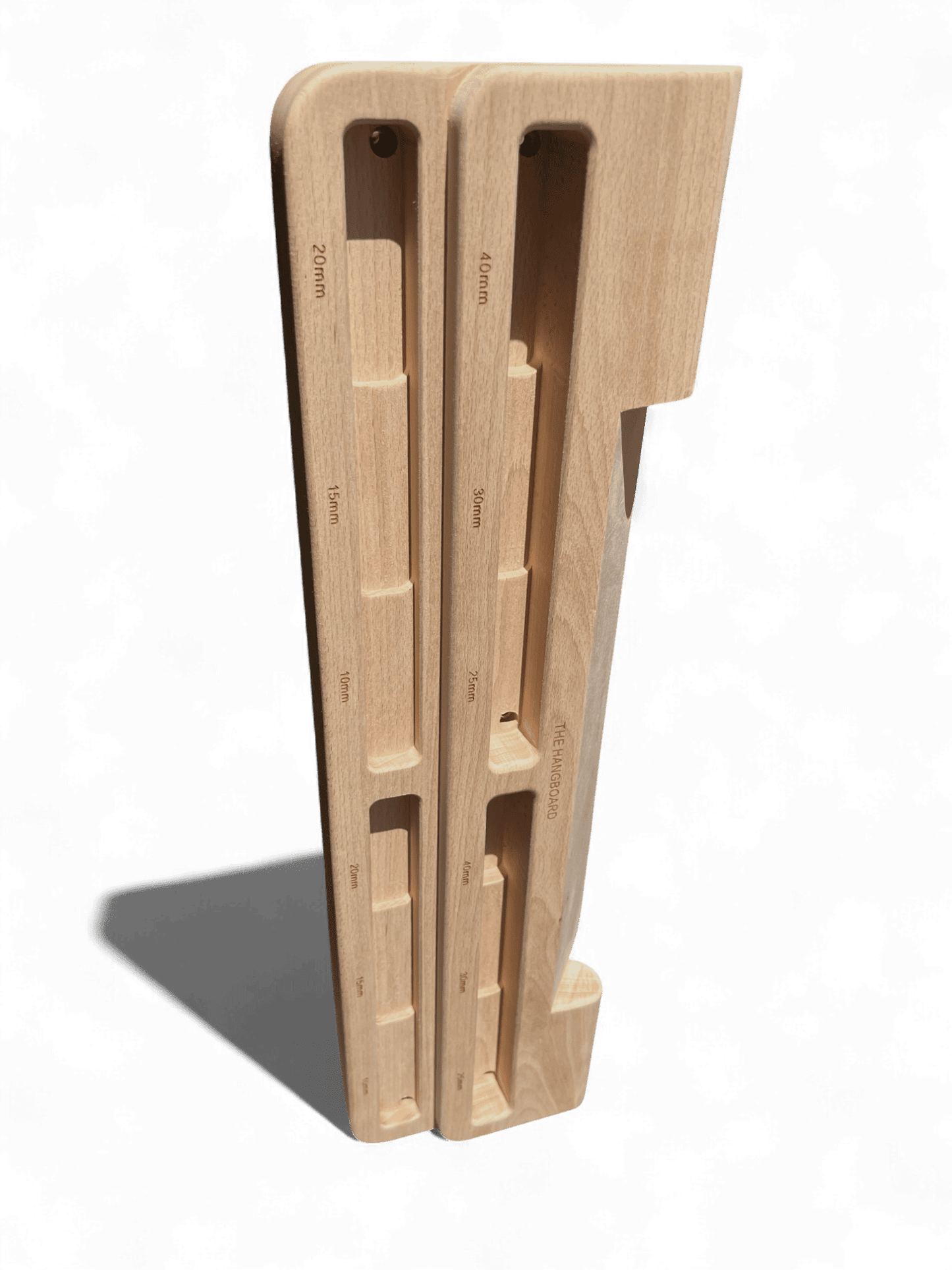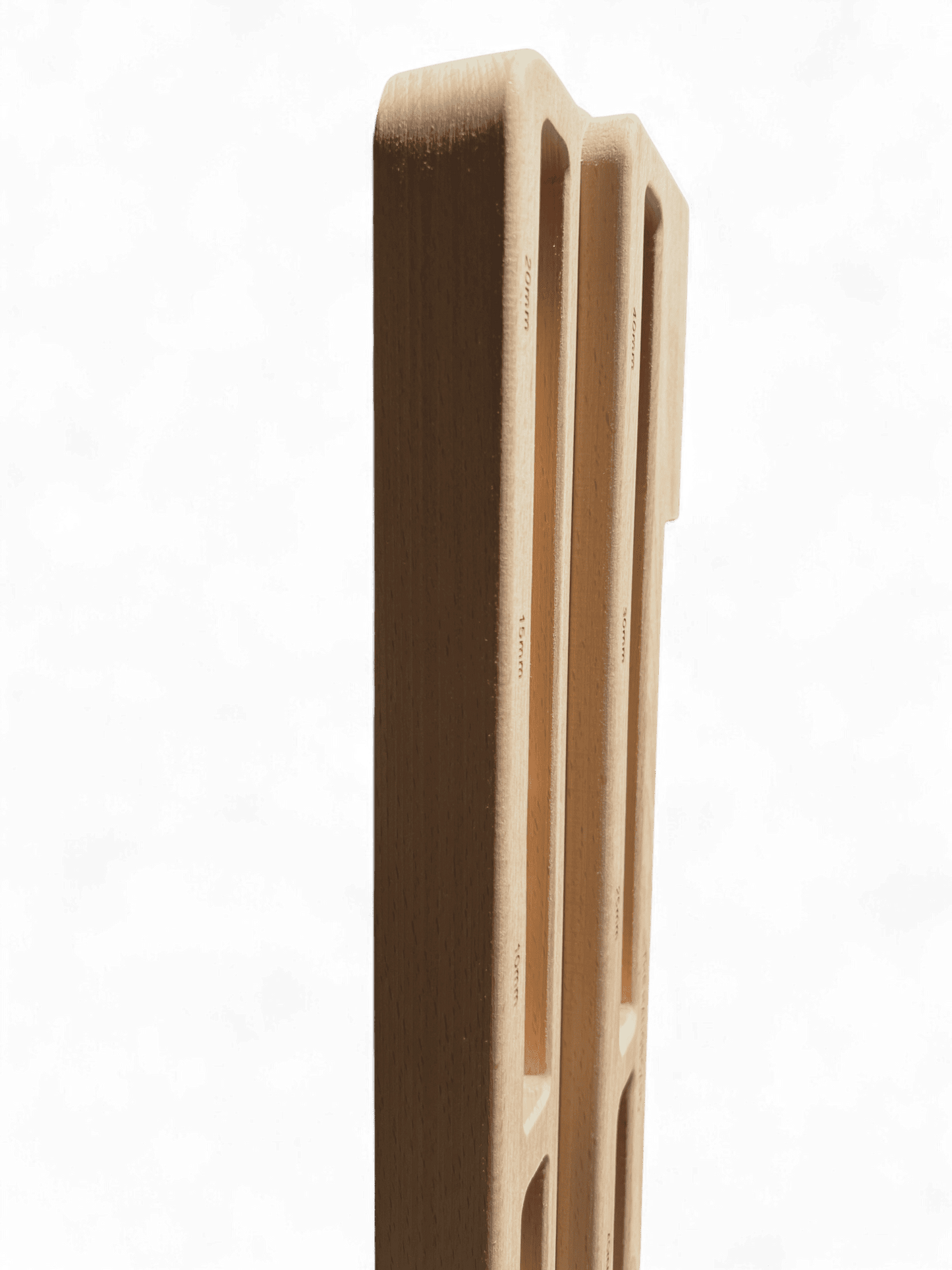Indoor rock climbing has evolved since the inception of the first indoor climbing gym. What was once a modest and often dank and dirty “mom and pop style” operation with homemade climbing holds in the basement or attic of your climbing partner’s house has become a massive corporate-style business.
Fortunately, the growth of indoor climbing gyms has largely positively affected the quality of the spaces. Modern gyms are brighter, cleaner, safer, and generally more pleasant places to be in. The walls have improved, and most importantly, the types of climbing holds have gotten better too.
The design and manufacture of indoor climbing holds is now arguably one of the most important parts of indoor climbing. After all– it’s the type of rock climbing holds and the movements they elicit that attract climbers to indoor gyms in the first place and keep them coming back for more.
Common Types of Rock Climbing Holds
A climber walking into an indoor climbing gym is like a child walking into a candy store– the cornucopia of rock climbing holds decorating the walls elicits a certain type of intrigue and excitement that begs them to come climbing.
Let’s take a look at all the different “flavors” of indoor climbing holds so that the next time you go to the gym, you can know what you’re looking at.
Jugs
Jugs are the easiest and friendliest type of climbing hold. Often they are large and feature a comfortable incut edge or sometimes even a rounded handle-like lip to wrap your hand around. When the jug hold is particularly large and incut, they sometimes get called “buckets” because of how deep the incut goes.
Crimps
Crimps are small edges that only accommodate your fingertips. In the world of crimps, there are good ones and bad ones. Typically, good crimps have a slight incut or edge to them and are wide enough for the entire first pad of your fingertips.
On the other hand, bad crimps have a much smaller edge for only half or quarter pad. Bad crimps also don't have a positive edge to them. Instead, bad crimps are sloping or smooth.
How to Hold Crimps
There are three main ways to hold a crimp. In other words, there are three main ways to crimp a crimp.
-
Full crimp: A full crimp is when you have all four fingers on the edge and fold your thumb over your index fingernail, locking the crimp in place.
-
Half crimp: A half crimp is when you have all four fingers on the edge, and your knuckles are bent at a 90-degree angle.
- Open-handed crimp: also known as the three or four-finger “drag,” it’s when you hook three or four fingers on the edge and drag your hand downwards.
Sloper
Slopers are one of the most notorious types of climbing hold, especially for beginners. Slopers are either large and bulbous or flat, and they do not have any edges on them.
To hold a sloper, friction is really important. To maximize friction, getting the correct body positioning is essential. Sheer strength, or the ability to squeeze, drag, or pull on the sloper, is also helpful.
Because slopers require so much strength and technique, it’s no wonder that some of the hardest outdoor boulders in the world feature heinous moves on slopers.
Pinch
Pinches are square, rectangular, or rounded features that require you to pinch the grip between your fingertips and thumb, sort of like holding a cup.
For vertical pinches, your fingers and thumb are horizontally oriented side-by-side. With horizontal pinches, your fingers and thumb are vertically orientated, one on top the other.
Pure pinches can only be held when you squeeze the hold, pinching between your fingers and thumb. However, sometimes, you can find a “thumb catch” on a hold. That’s when you use the hold but also activate your thumb, squeezing with it to make the hold easier to use.
Pockets are small circular holes. Small pockets can only accommodate one or two fingers, while larger pockets can accommodate three fingers.
Large pockets are often called “huecos,” Spanish for hole or cavity. The size and quality of huecos vary widely. There is everything from large bucket-like jugs with a positive lip to grab to poor, small, and sloping dishes.
Volume
Volumes are voluminous wooden or fiberglass features that climbing holds are attached to, also known as piggybacks. Volumes are not as much climbing holds as they are extensions of the climbing surface. Sometimes indoor boulders are set purely with volumes, necessitating you to use the volumes like traditional climbing holds.
The size, shape, and angle of a volume can drastically change the character of a certain section of the climbing wall. Similarly, volumes can change how specific holds feel, sometimes making the hold feel better and sometimes worse.
Foot Chips
Thus far, I’ve only mentioned climbing holds traditionally used as hand holds. Of course, you can step on whatever hold belongs to your route, but what about footholds?
Climbing holds designed specifically for feet are called foot chips. Foot chips are small, sometimes tiny, climbing holds designed to be used with the edges of your climbing shoes.
Oddities
Rock climbing holds are not just a means to an end for indoor climbing. Meaning they aren't always just tools you use to reach the top of your climb. Sometimes they possess a certain amount of creativity or artistry that makes them unique.
For example, one of the most well-known slopers in the indoor climbing industry is the cryptochild from SoiLL Holds. Atomik Climbing Holds also makes a set of dinosaur-shaped holds that are fun.
Crack Climbing “Holds”
Most of the climbing holds mentioned above are face holds, meaning they are bolted onto the face of the rock wall and used for climbing. However, climbing terrain doesn’t always have faceholds instead, it may have cracks.
Cracks are not climbing holds in the traditional sense of the word, hence the quotations. Instead, with cracks, you employ a series of crack climbing techniques with your fingers, hands, and feet to gain upward movement.
The climbing technique you employ depends on the size of the crack and the size of your fingers and hands.
Finger Jams
Finger-sized cracks require a series of fingery jamming techniques. The most obvious is the finer jam– when you place your fingers as deep in the crack as possible and twist them downwards by rotating your elbow inward.
Another common finger-jamming technique is the ring lock. A ring lock is when you place your thumb into a crack and stack your fingers on top, locking your thumb into place bo rotating your elbow inward.
Hand Jams
Cracks that can accommodate the width of your hand require hand jamming techniques. In general, there are two types of hand jams– thumbs up and thumbs down hand jams. Whether you lead thumbs up or thumbs down will depend on the crack itself and the most intuitive body position.
Classic hand jamming involves placing your hand into a crack, dropping your thumb into your palm, and squeezing your fingers into one wall and the back of your palm and knuckles into the other.
Fist Jams
When the crack is too wide for hand jams, it may require fist jamming. Fist jamming is placing a curled fist into the crack, like punching the wall. Then you wrap your thumb over the tops of your fingers and squeeze to widen the shape of your balled-up fist.
Straight-in fist jamming is when your thumb is wrapped underneath your fingers, and your palm is facing downwards. Inverted fist jamming is when you rotate your jam so your thumb is wrapped on top of your fingers and your palm is facing upwards.
Foot Jams
Jamming techniques are not just deployed with your fingers and hands. Depending on the sequence of moves and if there is a lack of face holds to place your feet, foot jamming may be required.
Foot or toe jamming is when you place the toebox of your climbing shoe into the crack and stand on it. The best way to do this is to make your foot parallel with the crack by inserting your foot with your knee pointed perpendicular to the crack.
Then, to stand on the jam, bring your knee inward and parallel with the crack, rotating the toebox of your climbing shoe to create a platform for standing on.

What Are Climbing Holds Made Of?
Rock
Back in the day, a lot of indoor climbing holds were made with real rock. Technically speaking, all you have to do is drill a hole and bolt it to a climbing wall. However, rocks as climbing holds are not ideal.
For one, natural rock is not flexible. Therefore it can break from the drilling process. Or from overtigherting the bolt. Second, rocks are rarely flat on one side. Therefore, the rock cannot sit flush against the climbing wall, resulting in spinning.
Wood
Climbing holds from the days of yore and today are still made with wood. This is especially true for climbing holds designed specifically for training walls. That’s because wooden holds are relatively affordable, easy to install, and easy on your skin.
For example, campus boards are typically made with wooden holds, and Metolious has an entire range of wooden holds designed for training purposes only.
Polyester Resin and Polyurethane
Polyester resin (PE) was and still is a common material for indoor climbing holds. That’s because PE is inexpensive compared to other synthetic materials and because the casting process is relatively straightforward.
However, PE holds can be brittle and prone to breaking and cracking over time. Plus, PE holds were notoriously heavy.
Polyurethane (PU) is another synthetic material that is commonly utilized to cast climbing holds. PU has an advantage over PE because it’s lighter weight and more flexible, meaning it’s less prone to chipping or breaking.
However, as you might expect, PU holds are more expensive than holds made with PE.
Fiberglass and Resin
As climbing holds have gotten larger, hold manufacturers are moved towards utilizing fiberglass. Fiberglass is a practical material for climbing holds because it is extremely lightweight and super strong. Plus, it can be cast into hollowback molds to reduce the overall weight of the feature.
Despite its many advantages, fiberglass is obviously the most expensive material.
Why are climbing holds so expensive?
The cost of a climbing hold is directly related to the amount of resin it takes to cast the hold. In other words, the more resin a climbing hold requires, the more costly the hold will be. Or, the larger a hold is, the more expensive it is.
Coincidently, climbing holds have only gotten larger over the years. Back in the day, climbing holds were smaller and simpler to make. Nowadays, indoor holds are getting massive. For example, the sky-balls from Cheeta Holds are the largest on the market.
Climbing holds are also expensive because the manufacturers' market is relatively small compared to the amount of climbing gyms that require holds. Therefore it can be harder to scale, making the cost per unit higher, especially for boutique brands.
In addition, quality is super important, especially for texture. Therefore, much time and money is spent researching and designing climbing holds, raising the price.
Final Thoughts About Indoor Climbing Holds
The indoor climbing industry in the United States is only about thirty years old. But even in that short amount of time, a lot has changed, especially in terms of how climbing holds are made.
Overall, the processes for designing and manufacturing climbing holds have improved. What we have now are incredibly intricate holds with impressively artistic designs that have helped change not only how indoor climbing walls look but also how climbers interact with those walls.

